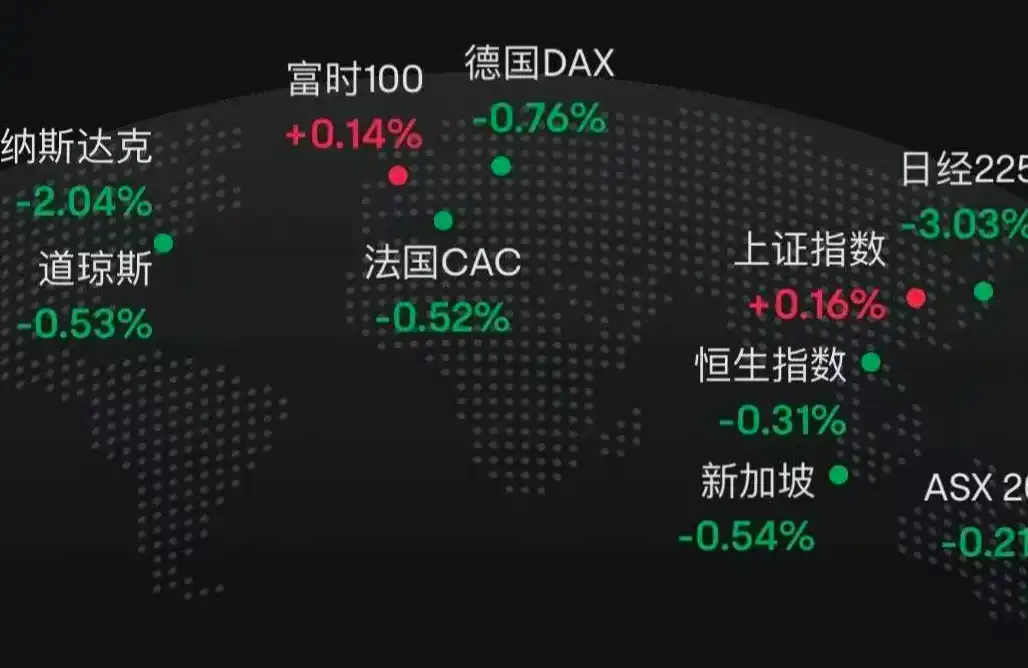CryptoQuant says bitcoin could drop to $72,000 by year's end if $100,000 level doesn’t hold
Quick Take CryptoQuant says bitcoin could fall to around $72,000 within one to two months if it fails to hold the $100,000 support level. The firm cites weakening demand since the Oct. 10 record liquidation event and overall bearish market sentiment.

Bitcoin could slide to $72,000 within one to two months if it fails to hold the $100,000 level, according to onchain analytics firm CryptoQuant.
"If the price doesn't manage to hold the ~$100,000 area and breaks downwards, there are higher risks of targeting $72,000 in a one- to two-month period," Julio Moreno, CryptoQuant's head of research, told The Block.
Earlier Tuesday afternoon, the price of bitcoin fell below $100,000 for the first time since June and was trading around $100,800 at publication time, down more than 5.2% in the past 24 hours, according to The Block’s bitcoin price page . Other top cryptocurrencies also fell , with the GMCI 30 index down over 9% in the past day.
Moreno said the latest declines reflect a continued deterioration in demand following the Oct. 10 liquidation event — the largest in crypto history — which wiped out more than $20 billion in leveraged positions.
"Since then, spot demand for bitcoin has been contracting," Moreno said. "In the U.S., investors have also lowered their demand for bitcoin, as seen in negative ETF flows and a negative Coinbase price premium. Overall, crypto market conditions have been bearish since early October, as measured by our Bull Score Index, which stands at 20, well inside bearish conditions."
Last month, Standard Chartered’s global head of digital assets research, Geoffrey Kendrick, said bitcoin’s slide below $100,000 seemed "inevitable" following the Oct. 10 liquidation event. He later said bitcoin might "never go below $100,000 again" if positive macro and geopolitical developments — particularly improving U.S.–China trade talks — continued through the week of Oct. 24-28.
Bitcoin ultimately broke below $100,000, although outside Kendrick’s projected timeframe. Analysts say broader risk-off sentiment has weighed on crypto, stocks, and commodities.
"Recent speculation that the FOMC [Federal Open Market Committee] may pass on another rate cut this year, as well as concerns over tariffs, credit market conditions, and equity market valuations, helped drive markets lower," said Gerry O’Shea, head of global market insights at crypto asset manager Hashdex. "Bitcoin’s recent price trajectory has also been impacted by selling from long-term holders, an expected phenomenon as the asset matures and its price rises."
O’Shea added that while $100,000 is a psychologically important level, the move doesn’t weaken bitcoin’s long-term investment case.
"The trend for ETF flows and corporate adoption this year remains very strong as traditional financial institutions continue to build digital asset infrastructure and products," he said. "These structural factors, along with the potential for increased liquidity in the financial system as the Fed ends its quantitative tightening, support our view that BTC may hit a new all-time high in the coming months."
Disclaimer: The content of this article solely reflects the author's opinion and does not represent the platform in any capacity. This article is not intended to serve as a reference for making investment decisions.
You may also like
Why does bitcoin only rise when the US government reopens?
Is the US government shutdown the main culprit behind the global financial market downturn?

Crypto "No Man's Land": Cycle Signals Have Emerged, But Most People Remain Unaware
If the crypto market of 2019 taught us anything, it's that boredom is often the prelude to a breakout.

Don't panic, the real main theme of the market is still liquidity.
Such pullbacks are not uncommon in a bull market; their purpose is to test your conviction.

Arthur Hayes Dissects Debt, Buybacks, and Money Printing: The Ultimate Cycle of Dollar Liquidity
If the Federal Reserve's balance sheet expands, it will be positive for US dollar liquidity, ultimately driving up the prices of bitcoin and other cryptocurrencies.

